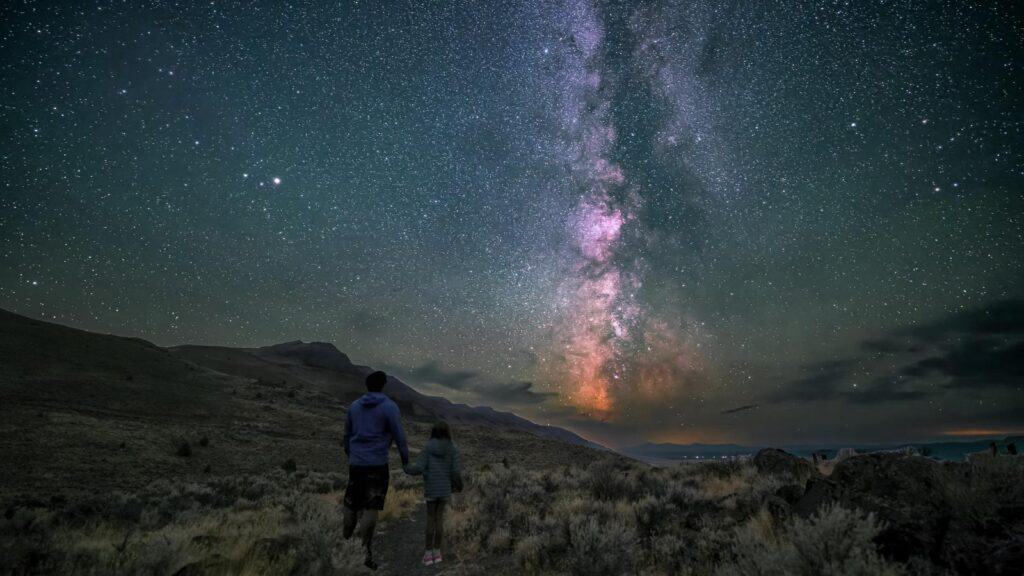The Urgent Extinction Crisis: 20 Animals Lost Forever in the Past Decade
The past decade has witnessed a significant acceleration in the rate of species extinction, driven primarily by human activities such as habitat destruction, climate change, pollution, and overexploitation. This article explores 20 animal species that have gone extinct in the last 10 years, highlighting the urgent need for conservation efforts to prevent further losses.
1. Rabbs’ Fringe-Limbed Treefrog

The Rabbs’ fringe-limbed treefrog (Ecnomiohyla rabborum) was declared extinct in 2016. Native to Panama, this species faced habitat loss and a deadly fungal disease known as chytridiomycosis.
2. Bramble Cay Melomys

The Bramble Cay melomys (Melomys rubicola), a rodent native to a small island in the Great Barrier Reef, was declared extinct in 2019. Rising sea levels and storm surges, exacerbated by climate change, destroyed its habitat.
3. Pinta Island Tortoise

The Pinta Island tortoise (Chelonoidis abingdonii), also known as Lonesome George, was declared extinct in 2015. The species suffered from habitat destruction and introduced species.
4. Kauaʻi ʻAkialoa

The Kauaʻi ʻakialoa (Akialoa stejnegeri), a bird native to Hawaii, was declared extinct in 2016. Habitat destruction, disease, and predation by introduced species contributed to its decline.
5. Alagoas Foliage-Gleaner

The Alagoas foliage-gleaner (Philydor novaesi), a bird from Brazil, was declared extinct in 2019. Deforestation and habitat loss were the primary causes.
6. Poʻouli

The Poʻouli (Melamprosops phaeosoma), a Hawaiian bird, was declared extinct in 2019. Habitat loss, disease, and predation by introduced species led to its demise.
7. Chinese Paddlefish

The Chinese paddlefish (Psephurus gladius), one of the largest freshwater fish, was declared extinct in 2020. Overfishing and habitat fragmentation due to dam construction were the main factors.
8. Smooth Handfish

The smooth handfish (Sympterichthys unipennis), a marine fish from Australia, was declared extinct in 2020. Habitat degradation and climate change were significant contributors.
9. Jalpa False Brook Salamander

The Jalpa false brook salamander (Pseudoeurycea exspectata), native to Guatemala, was declared extinct in 2020. Habitat destruction and pollution were the primary causes.
10. Spined Dwarf Mantis

The spined dwarf mantis (Ameles fasciipennis), an insect native to Italy, was declared extinct in 2020. Habitat loss due to agricultural expansion was the main factor.
11. Little Mariana Fruit Bat

The little Mariana fruit bat (Pteropus tokudae), native to Guam, was declared extinct in 2021. Habitat destruction and hunting led to its decline.
12. Ivory-Billed Woodpecker

The ivory-billed woodpecker (Campephilus principalis), once found in the southeastern United States, was declared extinct in 2021. Habitat loss and hunting were the primary causes.
13. Bachman’s Warbler

Bachman’s warbler (Vermivora bachmanii), a bird native to the southeastern United States, was declared extinct in 2021. Habitat destruction and possibly invasive species contributed to its extinction.
14. Flat Pigtoe Mussel

The flat pigtoe mussel (Pleurobema marshalli), native to the southeastern United States, was declared extinct in 2021. Habitat degradation and pollution were the main factors.
15. Kaua’i Nukupu’u

The Kaua’i nukupu’u (Hemignathus hanapepe), a bird from Hawaii, was declared extinct in 2021. Habitat loss, disease, and predation by introduced species led to its decline.
16. Maui ʻĀkepa

The Maui ʻākepa (Loxops ochraceus), a bird native to Hawaii, was declared extinct in 2021. Habitat destruction and disease were the primary causes.
17. Golden Toad

The golden toad (Incilius periglenes), native to Costa Rica, was declared extinct in 2019. Climate change and habitat loss were significant contributors.
18. Mountain Mist Frog

The mountain mist frog (Litoria nyakalensis), native to Australia, was declared extinct in 2020. Climate change and disease were the main factors.
19. Sharp-Snouted Day Frog

The sharp-snouted day frog (Taudactylus acutirostris), also from Australia, was declared extinct in 2020. Habitat loss and disease were significant contributors.
20. Chinese River Dolphin

The Chinese river dolphin (Lipotes vexillifer), also known as the baiji, was declared functionally extinct in 2006, with the last confirmed sighting in 2002. Habitat degradation and pollution were the primary causes.
The Takeaway

The extinction of these species over the past decade underscores the urgent need for comprehensive conservation efforts. Habitat protection, climate change mitigation, and stricter regulations on hunting and pollution are essential to prevent further losses. By taking immediate action, we can help preserve the planet’s biodiversity for future generations.
The Ultimate Family Trip: 20 Amazing Animal Sanctuaries You Can Visit In The U.S.!

Time for a new kind of vacation! Here’s a list of the top 20 animal sanctuaries in the United States that welcome visitors. A perfect family trip. These sanctuaries provide a safe haven for a variety of animals, including domestic, wild, and farm animals. Each sanctuary has its unique mission and set of animals it cares for, offering educational tours and opportunities to learn more about animal welfare and conservation. READ: The Ultimate Family Trip: 20 Amazing Animal Sanctuaries You Can Visit In The U.S.!
Bucket List Item: Oregon Outback International Dark Sky Sanctuary

Hopefully all of you have had the experience of gazing into the night sky in dark surroundings, so that you could take advantage of the stars, planets and cosmos. Unfortunately, manmade lights often interfere – it is called light pollution for a reason – but did you know that the U.S. can now claim the largest international dark sky sanctuary? You will have to travel to Oregon to take advantage, but it is worth the trip. READ: Bucket List Item: Oregon Outback International Dark Sky Sanctuary
Your Guide To Landing Refreshed: Best Red-Eye Travel Strategies

Where are you traveling to? Somewhere exotic, or a favorite place you return to again and again? Are you taking an overnight “red-eye” flight? There is a reason why they call it a “red-eye”!
We asked some travel experts and frequent flyers for their best tips.Read: Your Guide To Landing Refreshed: Best Red-Eye Travel Strategies
Join Us

Join us on this empowering journey as we explore, celebrate, and elevate “her story.” The Queen Zone is not just a platform; it’s a community where women from all walks of life can come together, share their experiences, and inspire one another. Welcome to a space where the female experience takes center stage. Sign up for our newsletter so you don’t miss a thing, Queen!







